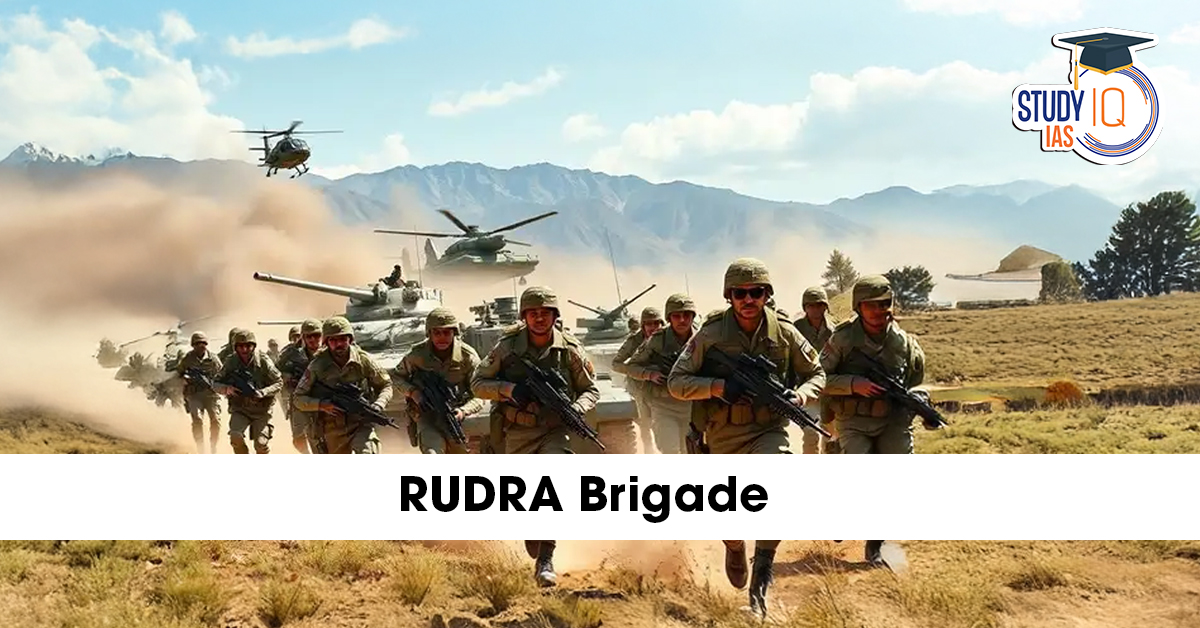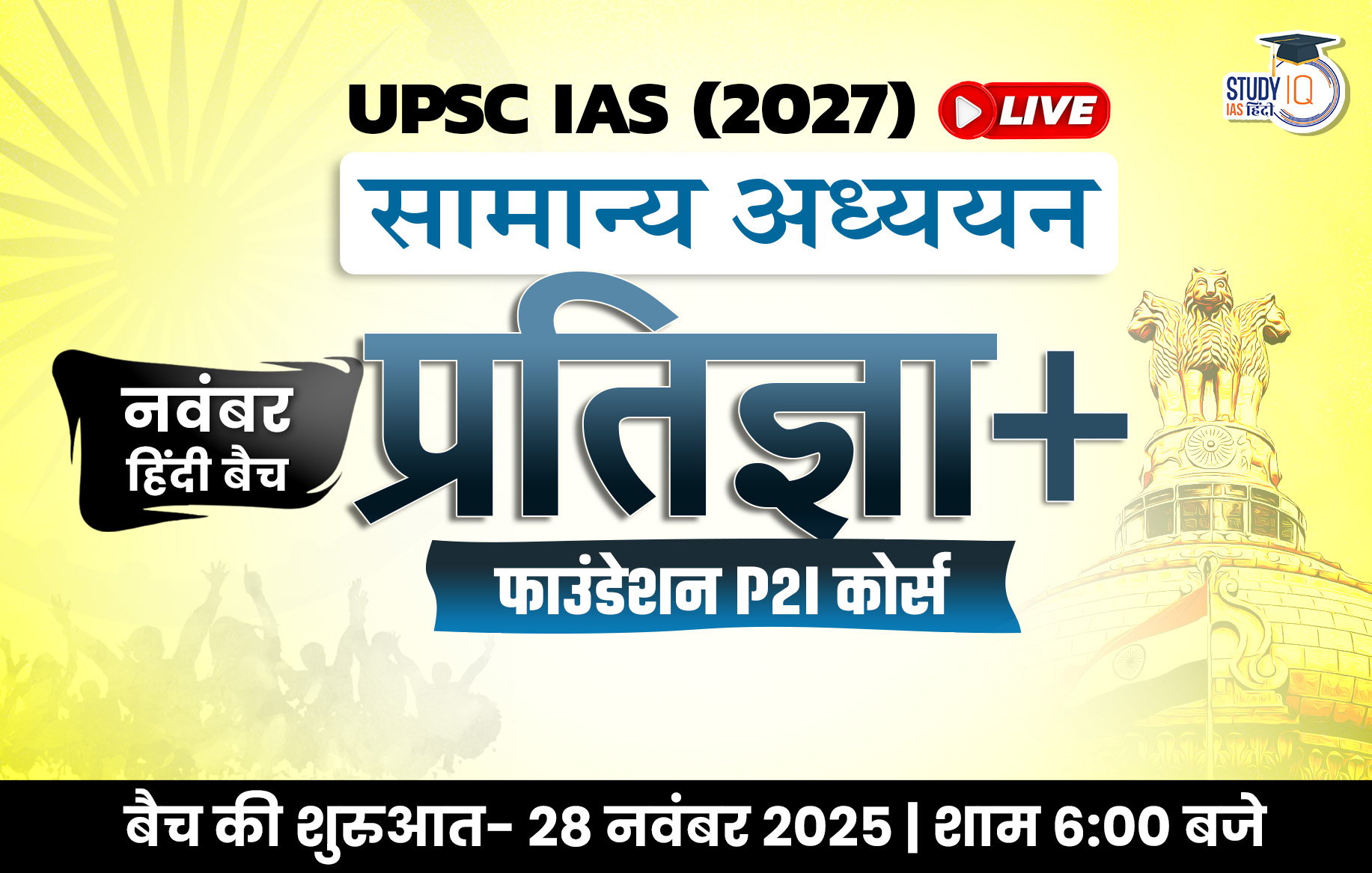Table of Contents
India’s Army is undergoing its most radical change since Independence. The newly validated RUDRA Brigade is no ordinary formation — it is the spearhead of a brand-new warfighting philosophy called Cold Strike Doctrine, designed to deliver lightning-fast, decisive blows under the shadow of nuclear weapons.
What Exactly is the RUDRA Brigade?
RUDRA is India’s first fully integrated, all-arms, self-contained combat brigade. Unlike traditional brigades that are either infantry-only, armour-only or artillery-only, a RUDRA Brigade is a complete mini-army inside one formation.
It contains everything it needs to fight independently:
- Tank regiments (T-90 Bhishma, T-72)
- Mechanised infantry (BMP-II)
- Self-propelled artillery (K9 Vajra, M777)
- Air defence systems (Akash, counter-drone units)
- Combat engineers and bridge-layers
- Drone squadrons for surveillance and attack
- Electronic warfare and signal units
- Built-in logistics, fuel, ammunition and field hospitals
- Special forces elements for heliborne operations
All these units live, train, and deploy together from Day 1. No waiting for different arms to join later.
Result? Mobilisation time drops from weeks to hours.
From Cold Start to Cold Strike: Why the Doctrine Had to Evolve
Cold Start (introduced after 2001 Parliament attack) aimed for 48–72 hour mobilisation of strike corps. It was fast for its time, but still too slow against modern threats.
Cold Strike is the upgraded, 2025 version:
- Launch window: hours, not days
- Deeper and multiple simultaneous thrusts
- Heavy use of drones, cyber, and electronic warfare from minute one
- Precision strikes to destroy enemy capability without crossing nuclear red lines
- Full integration with Air Force fighters and attack helicopters
RUDRA Brigades are the primary tool to execute Cold Strike.
Proven in Battle Conditions: Exercise TRISHUL (Nov 2025)
In the massive tri-service Exercise TRISHUL in Rajasthan deserts, the first RUDRA Brigade (“Black Mace” of Konark Corps) was put through its paces.
It demonstrated:
- Tanks, infantry and artillery moving as one fist
- Real-time targeting by drones feeding coordinates to K9 Vajra guns
- Air Force jets and Army Rudra helicopters striking in perfect sync
- Heliborne special forces landing behind enemy lines
- Entire brigade sustaining high-intensity combat for 72 hours non-stop in extreme heat
The Southern Army Commander declared it “fully operationally validated”.
Perfect for India’s Two-Front War Challenge
Western Front (Pakistan)
- Short warning time, high nuclear risk
- RUDRA’s speed denies Pakistan the chance to use tactical nuclear weapons
- Multiple small, deep strikes instead of large slow corps movements
Northern/Eastern Front (China)
- High-altitude, harsh terrain
- Two RUDRA Brigades already permanently deployed in Eastern Ladakh and Sikkim
- Instant reaction capability against any sudden PLA move
RUDRA vs Traditional Brigade: The Difference is Night and Day
| Feature | Traditional Brigade | RUDRA Brigade |
|---|---|---|
| Composition | Single arm only | All arms built-in |
| Mobilisation | 2–4 weeks | Hours |
| Coordination | Done after reaching front | Already trained together |
| Self-sufficiency | Depends on corps support | Fully independent |
| Flexibility | Rigid | Modular – units can be swapped |
| Tech integration | Limited | Drones, AI, real-time networks |
The Road Ahead
- Two RUDRA Brigades already active along China border
- Many more under conversion from existing 250+ single-arm brigades
- Priority: Western sectors (Pakistan) and Northern Command
- Long-term goal: Make RUDRA the standard template for all offensive formations
Challenges remain — reliable communication networks, continuous joint training, and scaling up drones and modern equipment — but the direction is clear.
Final Verdict
RUDRA Brigade is not just a new unit. It is a complete revolution in how India will fight its next war — faster, smarter, harder, and with total control over escalation.
When the next crisis hits the borders, India will no longer need weeks to respond. It will need only hours. And that single change rewrites the entire deterrence equation in the subcontinent.


 Project Gaja-Lok: INTACH Launches Landma...
Project Gaja-Lok: INTACH Launches Landma...
 India to Host Global Big Cats Summit 202...
India to Host Global Big Cats Summit 202...
 Earth System Science Council (ESSC): Ind...
Earth System Science Council (ESSC): Ind...

























